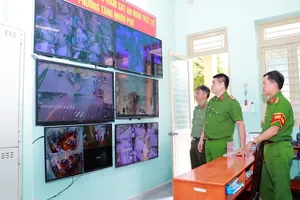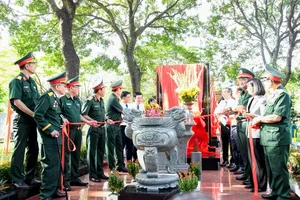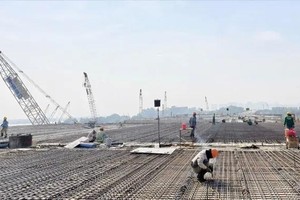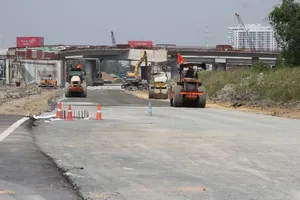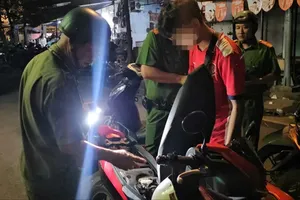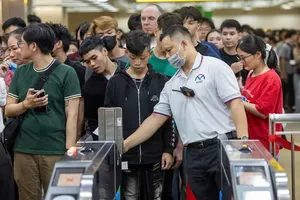The 2020 Law on Investment within the framework of the Public-Private Partnership (PPP) model was introduced with the hope of ushering in a new phase for investment endeavors in Vietnam and positively impacting socio-economic development. Nevertheless, this model falls short of the expectation.
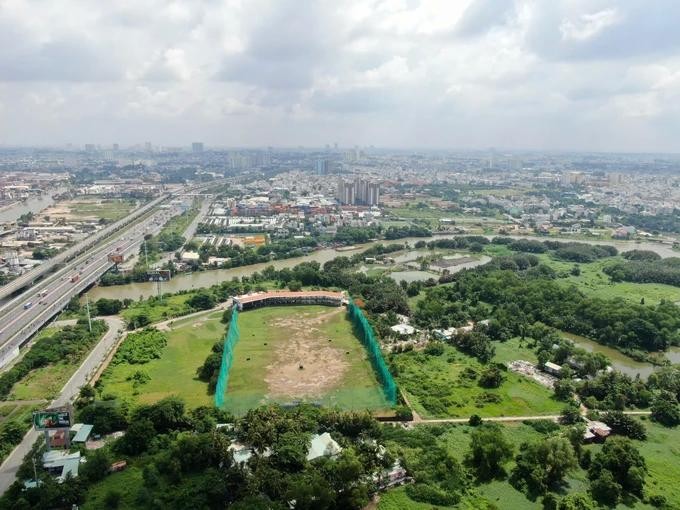
According to the Ministry of Planning and Investment’s data, between the implementation of the Public-Private Partnership Law on January 1, 2021, and mid-2024, a total of 36 new PPP projects were launched across the country. Among these, 30 projects were related to transportation, while the remaining projects encompassed wastewater treatment, clean water supply, infrastructure development, and one initiative in the healthcare sector.
In terms of contract types, the predominant arrangement was the Build-Operate-Transfer (BOT) model, which accounted for 28 projects. The other contracts included three Build-Lease-Transfer (BLT) projects, four Build-Own-Operate (BOO) projects, and one Operation and Management (O&M) project.
Prior to the issuance of the PPP Law, policies for social contributions were in place for over 10 years resulting in a total of 336 signed contracts for PPP projects throughout the country. The majority of these contracts (mainly BOT and BT - build, transfer) amounted to a mobilized capital of approximately VND1,609 trillion. Transportation projects accounted for 66 percent of these contracts while the remaining projects were focused on technical infrastructure, office construction, administrative centers, energy, water supply and drainage sectors.
Concerning the limited number of PPP projects executed recently, Chief Nguyen Thi Linh Giang of the PPP Office within the Bidding Management Department of the Ministry of Planning and Investment stated that while the quantity is modest, the projects themselves are of significant scale. She emphasized that thorough preparation is crucial for enhancing the likelihood of success, suggesting that we may need to be patient before witnessing successful PPP initiatives in the upcoming time.
Furthermore, in addition to a few new PPP projects, several past PPP projects remain unresolved and have been put on hold. According to data from the Ministry of Planning and Investment, there are currently five BT projects (a form no longer defined in the 2020 PPP Law) with outstanding cash payments that have yet to be resolved, indicating a complex situation.
The utilization of the BT payment method through land funds has resulted in over 200 projects being stalled and unable to proceed, which has consequently given rise to numerous legal issues that are exceedingly challenging to resolve.
The most famous project in Ho Chi Minh City nowadays is the Phan Dinh Phung Stadium PPP project, which has been authorized by the Prime Minister for BT investment since 2008. Presently, corrugated iron entirely encloses the project; the prime site in the heart of Ho Chi Minh City has been allowed to grow wild weeds for over a decade. Despite numerous alterations within the investor consortium and adjustments to the total investment, including an increase in capital, the project has yet to be successfully executed.
In May 2024, Chairman Phan Van Mai of the Ho Chi Minh City People's Committee decided to cease investment in this project under the BT format, opting instead for public investment. The investor has disclosed that the expenses incurred for the project amounted to over VND171 billion and has formally requested a refund.
Vietnam has always stressed the vital role of investment resources from the private sector, particularly considering that the average public investment capital for the 2021-2025 period only covers around 16 percent – 17 percent of the total investment capital needed by society. The PPP Law was introduced with high hopes of attracting private investment capital, especially for infrastructure development. However, the implementation in the past three years has painted a different picture. Many experts believe that it's crucial to promptly review and reassess this law.
According to World Bank expert Dang Duc Cuong, several hindering factors have been identified with regard to regional investment projects in the Southeast region. These factors include restrictions on investment types, high requirements on the minimum total investment scale, and a low ceiling on the proportion of state capital participation (not exceeding 50 percent).
Furthermore, an unreasonable risk-sharing mechanism has been highlighted as a concern. For instance, under Article 82 of the PPP Law, if actual revenue is lower than 75 percent of the revenue in the financial plan in the PPP project contract, the State will share the difference with investors and PPP project enterprises. However, the budget reserve allocation according to the State Budget Law is very low, ranging from only 2 percent to 4 percent of the total budget expenditure at each level.
Consequently, these limitations have had adverse effects on major regional projects in the Southeast, such as the Ho Chi Minh City Ring Road 3 and Bien Hoa - Vung Tau Expressway, leading to delays and the necessity to rely 100 percent on state capital for their implementation.
Economic expert Tran Du Lich provided another real-world example. When Ho Chi Minh City sought to apply for a BOT project for the Rach Chiec Sports Complex, an investor proposed to construct a 50,000-seat complex that would be the most up-to-date for hosting football games and major music festivals and be operated year-round, with a total capital of roughly US$400 million –$500 million. Other state-funded projects in the area, like an indoor gymnasium, swimming pool, and tennis courts, would be developed as a whole.
However, the investor questioned if the local government could be as resolute in selecting this location for state events as Singapore was. These are real-world scenarios and legal issues.
Experts suggested that the PPP Law should undergo a thorough re-assessment after the law was put into action over three years with necessary amendments to assist current PPP projects and pave the way for private investment capital resources in the future.



